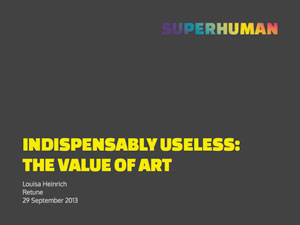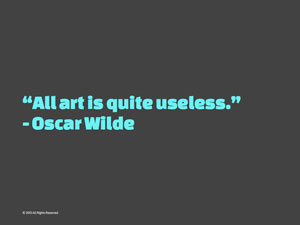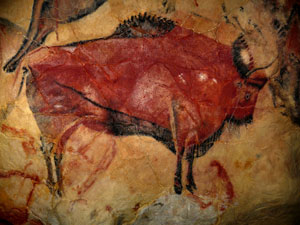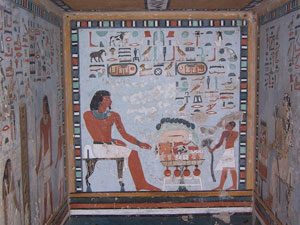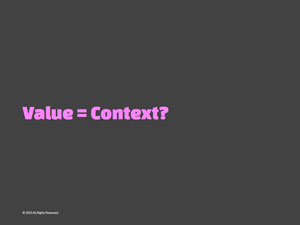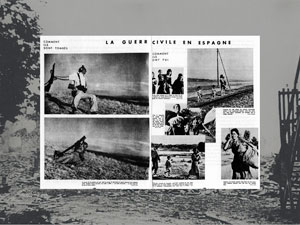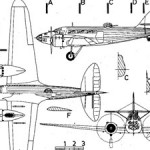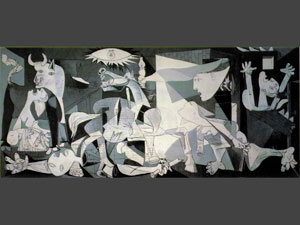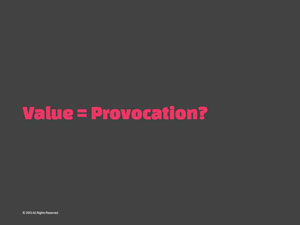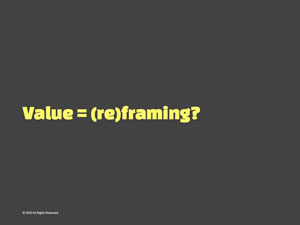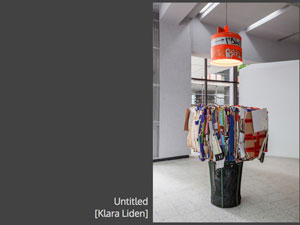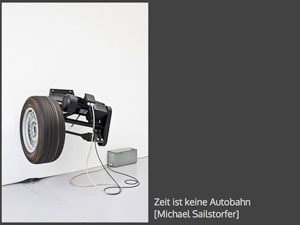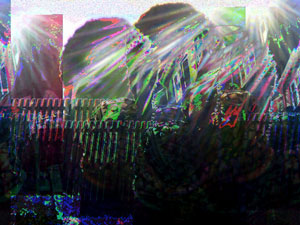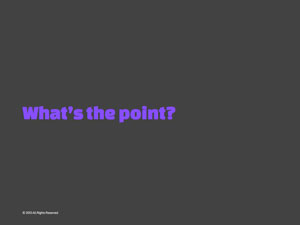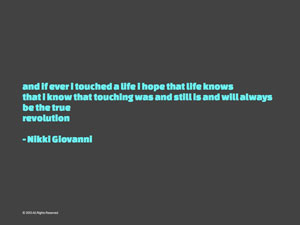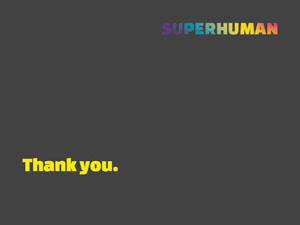In September, I spoke at Retune13, at the behest of the lovely Ms. Marguerite Joly. My talk was on a topic I don’t touch on all that often but which is hugely meaningful to me: art.
Specifically, my brief was to talk about the value of art, to try to address the question of what makes good work. I’ve spoken to a few people about it since, and they’ve suggested I blog it. So here we go.
First off, I should reiterate that I’m not an artist. I don’t make art, and I also don’t sell it. I do love it. It has enormous value to me. But I’m not talking about financial value here – I’m more interested in why we continue to be driven to make art, and why it continues to move us.
This talk was partly inspired by a quote from Oscar Wilde: “All art is quite useless.” When I was at university, this used to make me angry, but I’ve come round to his side now – the value of art is not utility. So what is it?
I had a look at some of the earliest art we have access to – cave paintings. These were done as much as 25,000 years ago, and nobody knows exactly why. Some say they are the fantasies of adolescent males; others say they are magic, drawn to invoke what they depict – usually, plentiful animals for a good hunt. Whatever they are, these pictures tell a story. Not a story of what happened that day, but a story about the experience of living at that time.
Later, the Egyptians took great pains to paint their tombs. These told a story of what would happen to you after you died and were entombed there. A story of a dream of an experience, a story to make people feel better about the fact that we all die, perhaps?
And I thought: maybe that’s the value of art: it lends context to living.
This made sense to me. I thought about world events and how we understand them. For instance, the Spanish Civil War: photojournalism, which was still relatively young at the time, told us what happened.
The technology – airplanes capable of aerial bombardment for the first time ever – showed us what we were capable of. But neither of those convey how it felt to be there, to experience it.
Picasso’s Guernica does, though.
Looking at a current example, we’ve got a lot in the news around spying these days. And we know we have more technology than ever, both for encrypting information and for accessing it – legally and illegally, ethically and unethically. But what does that mean? This piece of art gives it context – it’s called Who Watches the Watchers? by Eric Drass and shardcore.
The other thing about Watchers is that it’s provocative – some people are probably quite taken aback to find their likenesses peering back at them from within the magpie’s nest.
Which led me to my next thought: maybe the value of art is in provocation.
Julian Oliver makes provocative art about similar topics. Newstweek disrupts the connection between people and the online media they consume, perhaps causing us to question where that content comes from anyway, and why we believe it so completely. Pull the pin of the Transparency Grenade and it captures network traffic and audio at the site and securely and anonymously streams it to a dedicated server where it is mined for information – making it a weapon of construction rather than destruction.
Both of these pieces provoke, but they also transform. So that was my next thought: maybe the value of art is in re-framing things to get us to see them in a different light, see something about them that we couldn’t see before.
Klara Liden uses urban detritus like graffiti-covered bins and orange traffic cones to make her sculptures.
Michael Sailstorfer makes machines that serve no purpose – this piece simply runs the tyre against the wall forever – not only is it not doing anything useful, it’s destroying itself in the process. Much of his work has a real sadness to it – something about a machine stripped of purpose is moving to me.
(Image by Antonio Roberts)
Perhaps the ultimate example of re-framing is Glitch, which also lauds what many would discard. Glitch artists often go to great lengths, bending circuit boards to get images and videos to display incorrectly. They make art that’s intentionally broken.
Glitch artists also re-raise an age-old question in the art world – how much of the art is in the act of making it? Nowadays, what used to take 20 years to learn how to do, a teenager can do in 20 minutes in her parents’ garage. What does that mean? Does that mean the person who took 20 years to learn it is less intelligent? Does it mean that what the teenager makes isn’t art? I don’t know the answers to these questions. I have my opinions, but everyone’s entitled to their own.
And that brought me to my final thought: maybe the value of art is meaning. And meaning can only really be created in the moment of interaction between the piece and the person engaging with it – that moment that makes you want to laugh/cry/play/scream/go home and have a cup of tea and a lie-down.
So what’s the point of art? Here, I defer to the words of Nikki Giovanni, who said it far better than I ever could.
There was a lively discussion afterward – I wish you’d been there. If there is video forthcoming, I’ll update this post and include it. In the meantime, I welcome your thoughts, too.
